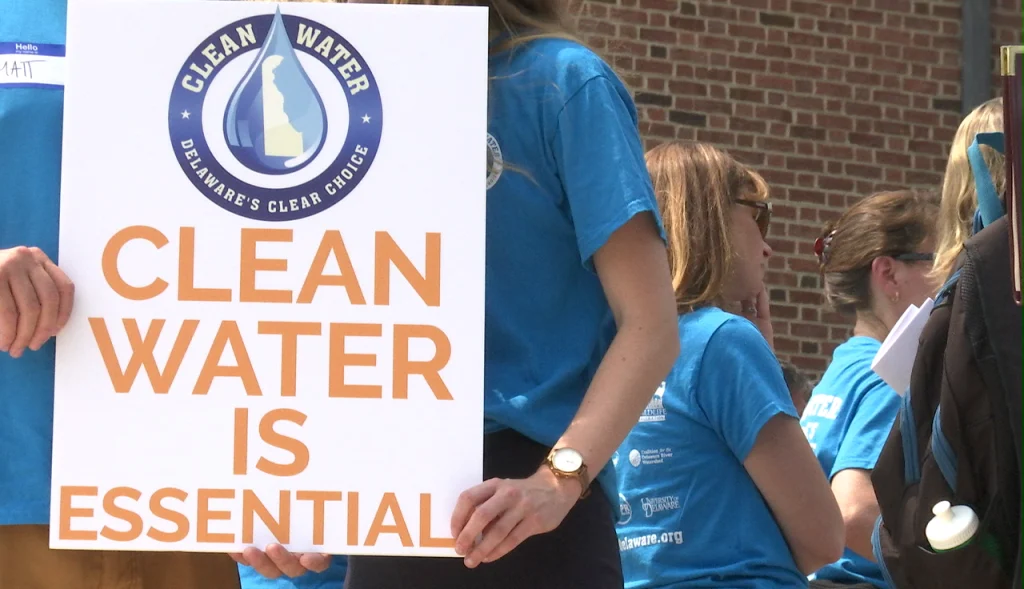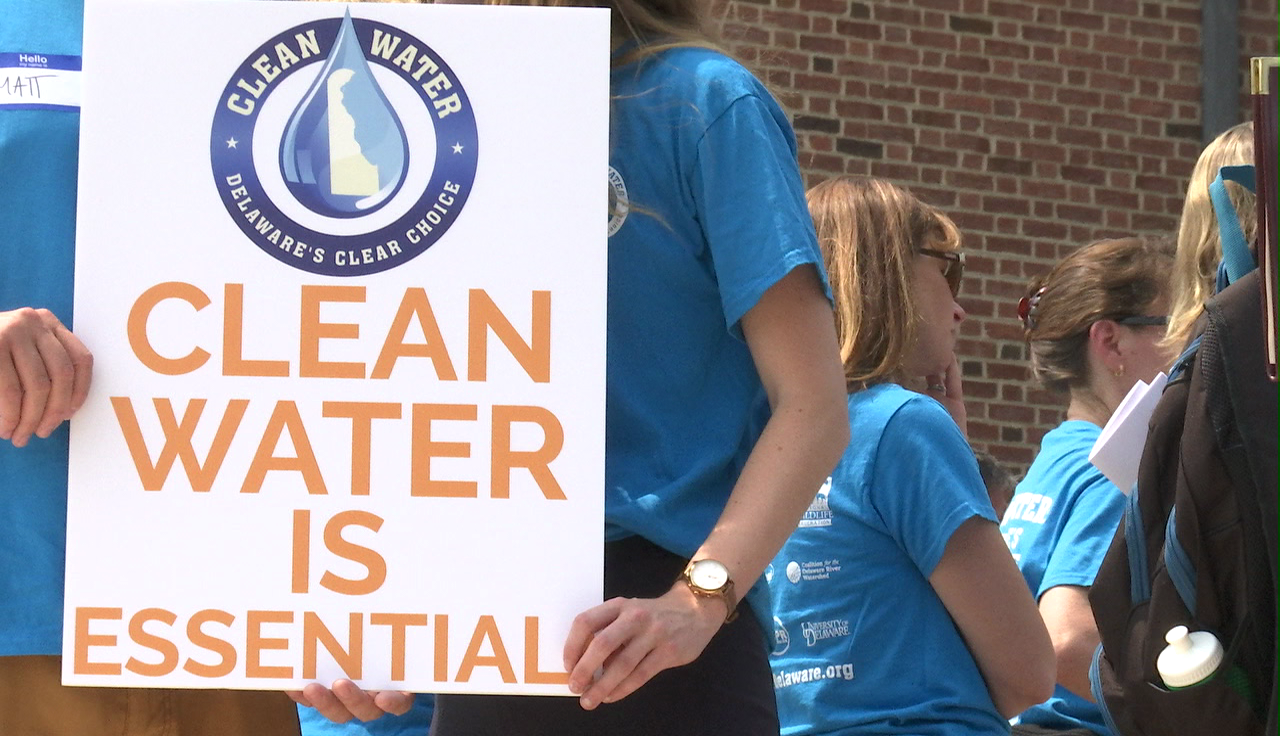In a pivotal week for environmental advocates, a group has descended upon the Capitol, passionately calling on Governor Kathy Hochul to reconsider budget cuts affecting clean water infrastructure funding. The focal point of concern is Governor Hochul’s proposed $233 billion budget plan, which includes a two-year allocation of $500 million for clean water infrastructure funding. While this may seem substantial at first glance, it represents a significant reduction from previous years and has sparked fervent opposition.
Since 2017, New York State has demonstrated a commitment to environmental stewardship through the allocation of $5 billion in the Clean Water Infrastructure Act. This vital initiative has been the backbone of funding for essential clean water projects, ensuring access to safe and reliable water sources for communities across the state.
However, the 2022 budget proposal deviates from this trajectory, slashing the annual clean water infrastructure funding in half, from $500 million to $250 million. This unexpected reduction has prompted concern among lawmakers, environmental advocates, and citizens alike, who argue that such a cut is ill-timed and could jeopardize critical water infrastructure projects.
Among the dissenting voices, Senator Pete Harckham (D-40th Senate District) emphasized the fundamental importance of securing clean and potable water for residents. Regardless of government level—local, county, state, or federal—ensuring access to clean, cost-effective drinking water is considered a cornerstone responsibility. Senator Harckham’s sentiments reflect the broader concern that compromising on clean water funding could have far-reaching consequences for public health and environmental sustainability.

Read more:
- Trans Drivers Unable to Change Gender on Licenses in Florida
- Northern Lights Treat for New Mexico Residents!
- Razor Wire Presence Strengthened at Shelby Park in Texas
- NY Lawmakers Push for In-State Drug Production to Lower Costs
The proposed cut comes at a time when water infrastructure challenges are gaining increasing attention nationwide. Aging systems, contamination threats, and the need for modernization underscore the urgency of sustained investment in water infrastructure. Some lawmakers argue that reducing funding at this juncture is not only counterproductive but potentially harmful to communities relying on these resources.
In response to the proposed cut, advocates and lawmakers are united in their call for the reinstatement of $600 million for clean water infrastructure in the final state budget. This figure, $100 million beyond the initially proposed allocation, reflects the collective determination to safeguard the integrity of water systems and uphold the state’s commitment to environmental responsibility.
The rallying cry at the Capitol is not just about securing financial resources but about reaffirming a shared commitment to environmental sustainability. Advocates argue that clean water is not negotiable, and any compromise in funding jeopardizes the progress made in recent years to address pressing water infrastructure needs.
The $600 million plea seeks to ensure that critical projects, such as water treatment upgrades, pipeline maintenance, and pollution prevention efforts, remain adequately funded. These projects not only protect public health but also contribute to the overall resilience of communities in the face of environmental challenges.
As the state budget negotiations unfold, the importance of bipartisan collaboration and citizen engagement in preserving clean water funding cannot be overstated. Lawmakers have the opportunity to prioritize the well-being of their constituents by acknowledging the essential role that clean water plays in daily life.
In conclusion, the rallying advocates and lawmakers at the Capitol serve as a poignant reminder that clean water is a non-negotiable foundation for healthy communities. The proposed budget cut, while presenting a challenge, also represents an opportunity for leaders to demonstrate their commitment to environmental responsibility. The outcome of the final state budget will not only shape the trajectory of clean water infrastructure in New York but also send a powerful message about the state’s dedication to safeguarding public health and the environment for current and future generations.















+ There are no comments
Add yours